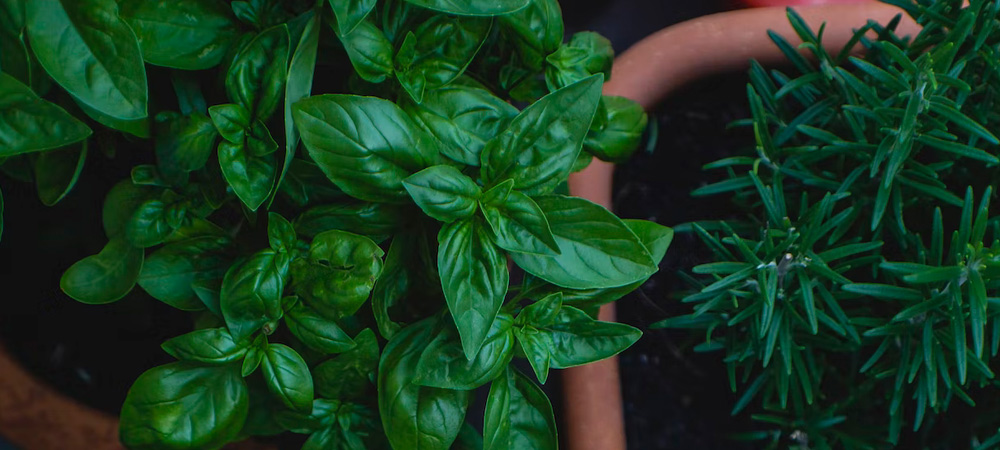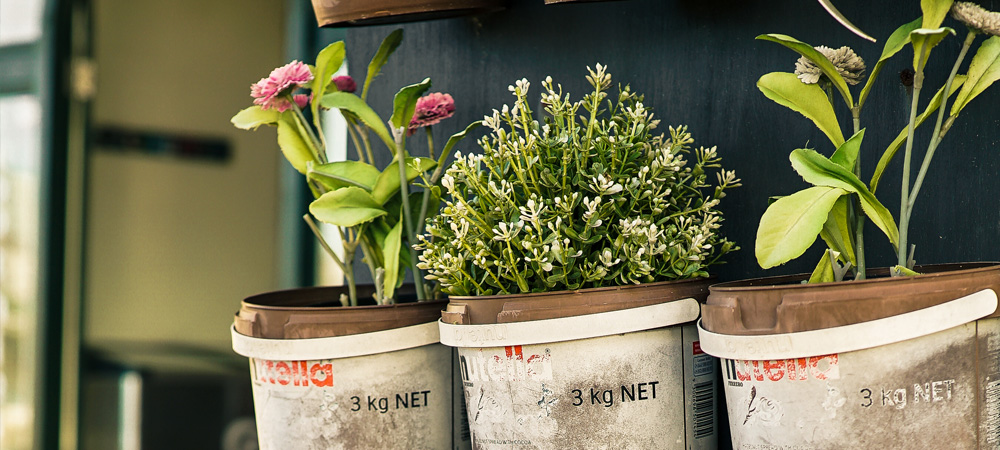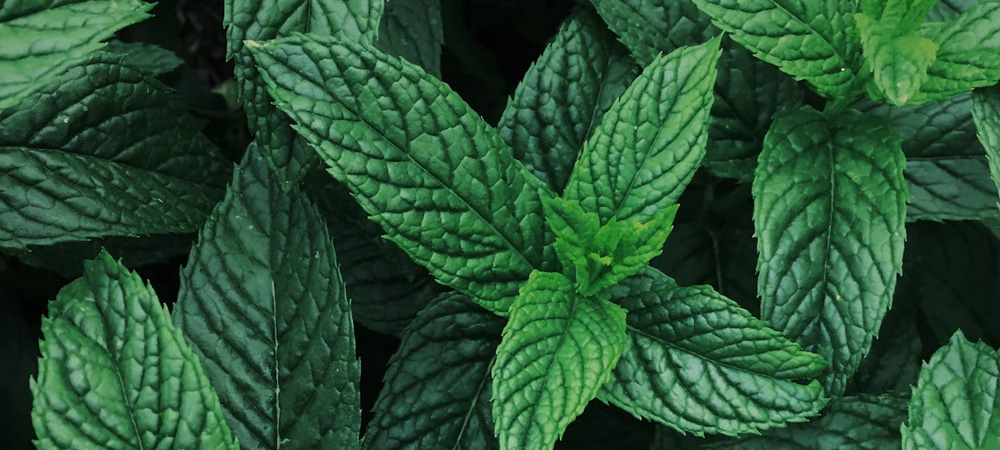How to Grow Herbs in a Greenhouse

Fresh herbs can enhance a host of dishes, and i you frequently add fresh herbs to your cooking, you'll likely opt to grow your own to ensure you never run out!
The herbs you pick from your garden are likely to be much fresher than the ones you can purchase from a supermarket, as well as being better for the environment (grow your own and save the planet!).
Buying herbs from the supermarket regularly can also become very expensive, which is why so many people opt to grow their own, and I much prefer the flavour myself.
In this post, we'll discuss how to grow your own herbs in your greenhouse.
Can I Grow Herbs in My Greenhouse?
Yes, most herbs can be grown directly in your greenhouse, which is not hard to do from my experience. Moreover, your greenhouse will provide extra protection from the elements, making the herbs more likely to survive.
The Advantages of Growing Herbs in Greenhouses
There are several benefits attached to growing herbs in greenhouses:
- A greenhouse will enable you to grow herbs throughout the year because it allows you to regulate temperature and retain soil moisture - a massive convenience! This means you can extend the natural growing season of the herbs and consume herbs out of season - ideal if you want to eat basil in the winter. There are also overwintering advantages, in that you can use bubble wrap to protect roots and shoots until the fresh growing season gets underway. Once spring arrives, simply plant them or move them outside.
- Greenhouses also provide valuable sun protection to your herbs, defending them from extremities of heat and sunlight. Creating a shaded area inside your greenhouse will prevent your herbs from drying out prematurely. Your greenhouse can also protect your herbs from pests due to the way that it provides a physical barrier. You can use seed fertilizer when planting herb seeds in your greenhouse. Once they have matured, you can put them in different pots or place them outside.
- Annuals and biannuals can be cultivated in different ways. They can be grown from seeds or propagated from cuttings or divisions. If you are still in the process of building your experience, you may wish to purchase seeds or young plants from a garden centre. Perhaps you already have plants? If so, you could collect seeds or use cuttings to boost your plant herbs.

Which Herbs Grow the Best Inside a Greenhouse?
Almost any kind of herb can be grown in a greenhouse. Your greenhouse is particularly suitable for growing annuals that are too tender for your garden such as basil, chives, coriander, dill and parsley. You can also extend the growing season for hardier herbs by putting them inside your greenhouse. These include oregano, rosemary, sage and thyme.
Growing Herbs in a Greenhouse Effectively
It’s essential to keep your herbs properly monitored to ensure they remain healthy and flourish throughout the year. Avoid over-watering your herbs. Water them until the soil is moist but let them dry out slightly between waterings. This enables them to develop a tough root system.
You can prevent herbs from going to seed and extend their growing season by pinching off any flowering stems. We also recommend that you prune the small leaves at the top of the plant when they reach a few inches tall so the bigger leaves at the bottom can create a sturdy base.
Allowing your herbs to breathe is also highly important. Fresh air is essential for healthy plant growth, so ventilate your greenhouse on a regular basis. This will help you avoid problems with stale air, which can cause fungus growth. Cooling can be carried out in various ways. Passive ventilation involves the wind coming in and out freely via vents. With active air, you can add forced air into your greenhouse. You can use systems including coolers to achieve this.

Make sure the carbon dioxide concentration is 350ppm to help you achieve photosynthesis. Herb growth can be compromised through poor concentration. You may also need to add a heating system to your greenhouse to maintain a good temperature throughout the year. It can be helpful to aim for a fusion of air heating and ground heating. During the winter, you may need to take more control over air temperature and relative humidity.
Avoid over-fertilizing your herbs. Stick to soil test instructions so you’re adding the right amount of fertilizer. Don’t add fresh manure as a top dressing. You will need to let it mature first to prevent problems with overheating and harmful bacteria.
What is Herbalism?
- Herbalism is all about using certain plants and their essences for medicinal purposes, with many prescriptions used throughout the West having been used as herbal treatments for centuries!
- Many herbs and spices have played important roles throughout history, and being a herbalist is all about taking advantage of these natural qualities.
- Some herbs have been confused with weeds in the past due to the way they grow so easily and don’t need a great deal of attention - very easy to do.
- The best way to provide the right kind of environment for your greenhouse herbs is to grow them under optimum conditions, such as using hydroponics, regulating temperature and humidity levels, and providing adequate ventilation.
Related:
- Greenhouse Staging
- Propagator
- Grow Bags
- Chillies
- Tomatoes
- What Vegetables to Grow in a Greenhouse
- Greenhouse Gardening for Beginners
- What to Grow in a Greenhouse for Beginners
- What to Grow in a Small Greenhouse
- What is a Greenhouse?
- How Does a Greenhouse Work?
- Why Do Plants Grow Faster in a Greenhouse?
What are the Key Benefits of Herbs?
- Herbs come with a host of advantages, including health benefits, and have been used across the world for many years.
- They have been known to help with wound healing, give you a cost-effective nutritional supplement, lower your blood sugar levels, reduce bad cholesterol levels, and have anti-inflammatory properties.
- They are also linked to Alzheimer’s prevention, cancer prevention, and healthy brain function promotion.
- Herbs can also strengthen the immune system and provide organic skin, hair, and dental care.
- I've personally found that growing my own herbs in a greenhouse has not only provided me with a convenient source of fresh herbs for cooking, but has also allowed me to experiment with herbal remedies and natural skincare products. Plus, there's nothing quite like the satisfaction of growing and using your own herbs!
Conclusion
We hope you enjoyed our post on growing herbs in your greenhouse.
If you have any questions, leave them in the comments, or contact us at support@swgreenhouses.co.uk
 Author:
Author: